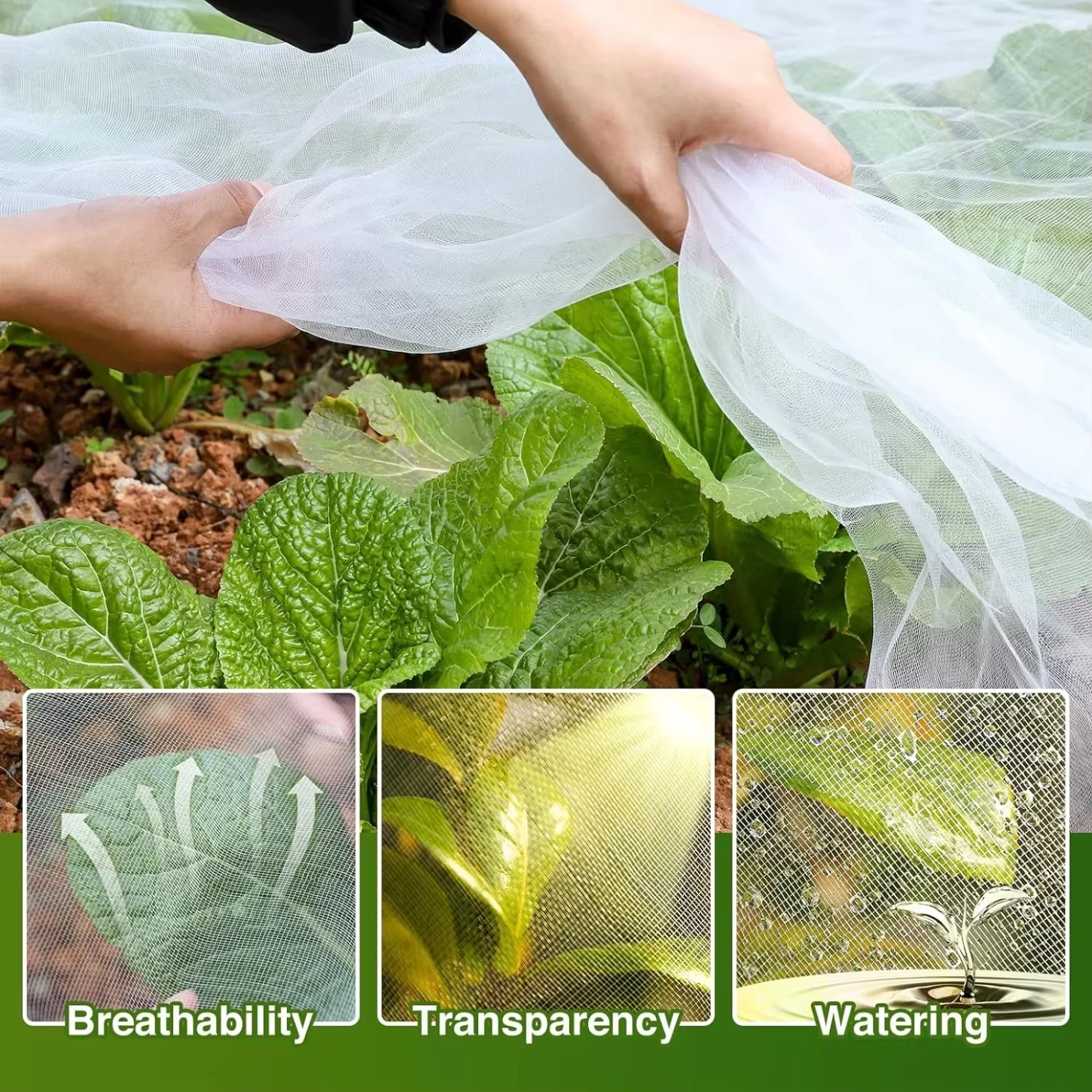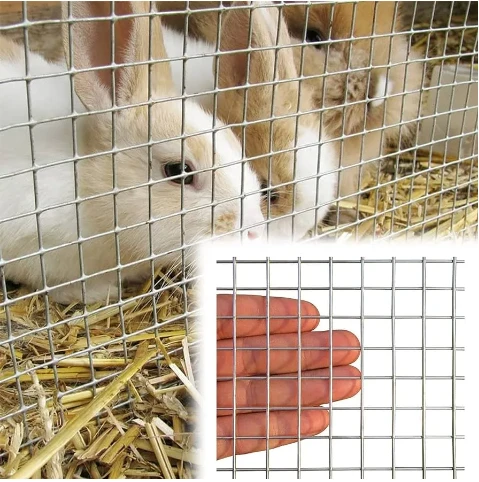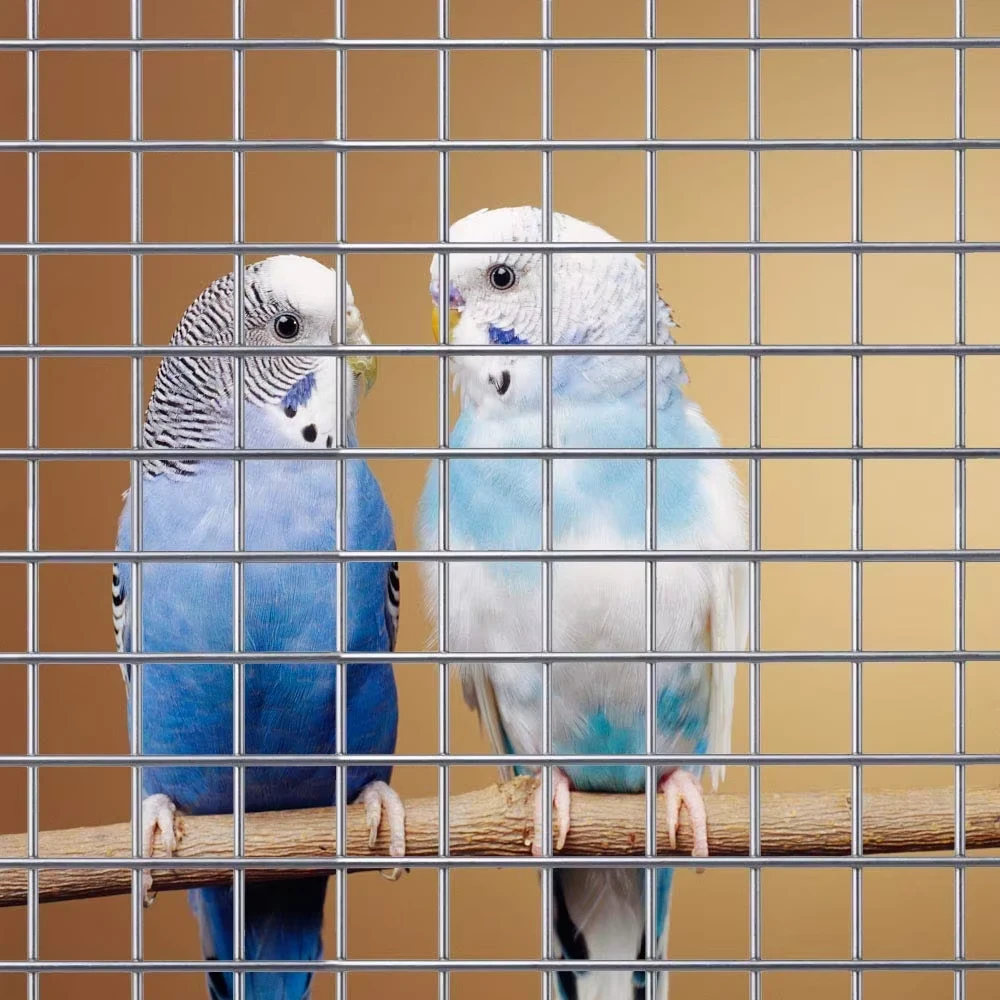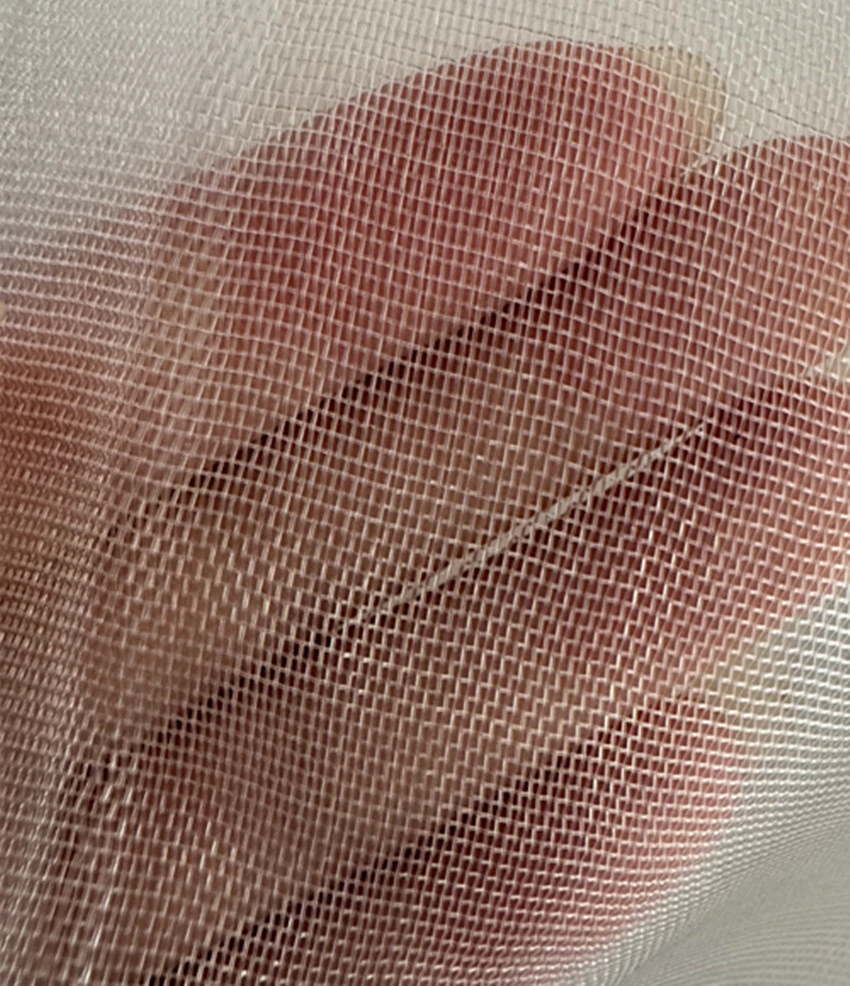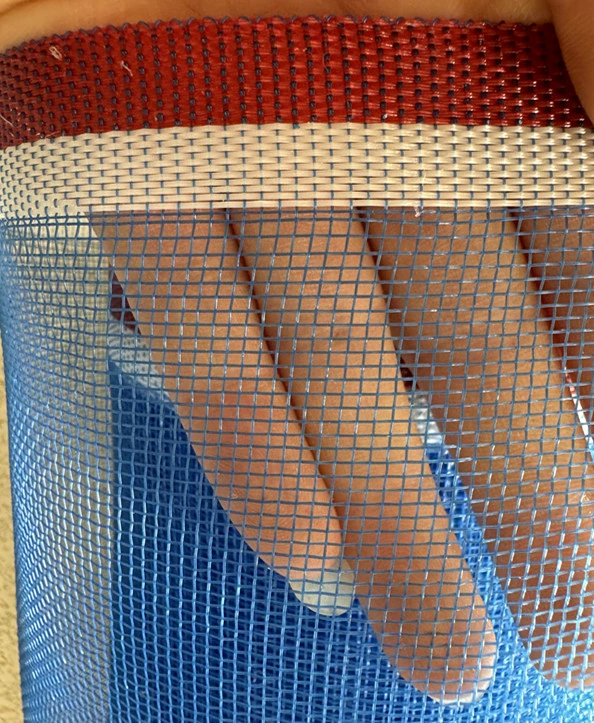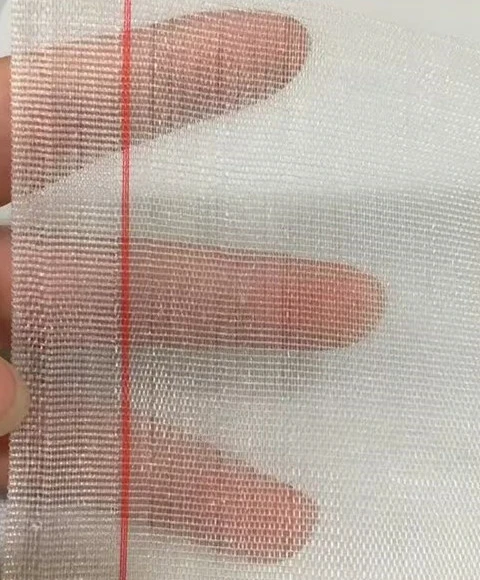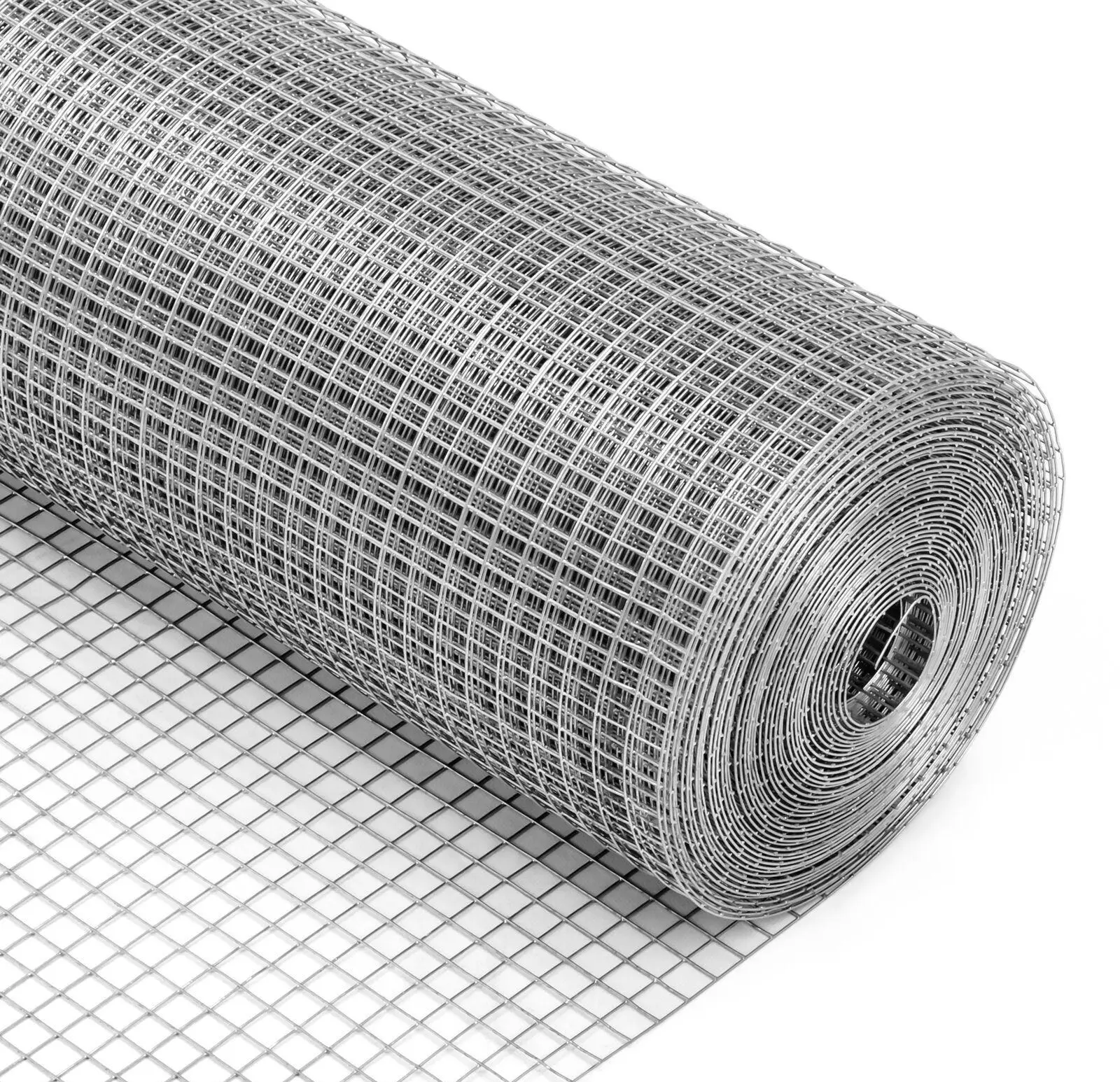-
 Afrikaans
Afrikaans -
 Albanian
Albanian -
 Amharic
Amharic -
 Arabic
Arabic -
 Armenian
Armenian -
 Azerbaijani
Azerbaijani -
 Basque
Basque -
 Belarusian
Belarusian -
 Bengali
Bengali -
 Bosnian
Bosnian -
 Bulgarian
Bulgarian -
 Catalan
Catalan -
 Cebuano
Cebuano -
 China
China -
 Corsican
Corsican -
 Croatian
Croatian -
 Czech
Czech -
 Danish
Danish -
 Dutch
Dutch -
 English
English -
 Esperanto
Esperanto -
 Estonian
Estonian -
 Finnish
Finnish -
 French
French -
 Frisian
Frisian -
 Galician
Galician -
 Georgian
Georgian -
 German
German -
 Greek
Greek -
 Gujarati
Gujarati -
 Haitian Creole
Haitian Creole -
 hausa
hausa -
 hawaiian
hawaiian -
 Hebrew
Hebrew -
 Hindi
Hindi -
 Miao
Miao -
 Hungarian
Hungarian -
 Icelandic
Icelandic -
 igbo
igbo -
 Indonesian
Indonesian -
 irish
irish -
 Italian
Italian -
 Japanese
Japanese -
 Javanese
Javanese -
 Kannada
Kannada -
 kazakh
kazakh -
 Khmer
Khmer -
 Rwandese
Rwandese -
 Korean
Korean -
 Kurdish
Kurdish -
 Kyrgyz
Kyrgyz -
 Lao
Lao -
 Latin
Latin -
 Latvian
Latvian -
 Lithuanian
Lithuanian -
 Luxembourgish
Luxembourgish -
 Macedonian
Macedonian -
 Malgashi
Malgashi -
 Malay
Malay -
 Malayalam
Malayalam -
 Maltese
Maltese -
 Maori
Maori -
 Marathi
Marathi -
 Mongolian
Mongolian -
 Myanmar
Myanmar -
 Nepali
Nepali -
 Norwegian
Norwegian -
 Norwegian
Norwegian -
 Occitan
Occitan -
 Pashto
Pashto -
 Persian
Persian -
 Polish
Polish -
 Portuguese
Portuguese -
 Punjabi
Punjabi -
 Romanian
Romanian -
 Russian
Russian -
 Samoan
Samoan -
 Scottish Gaelic
Scottish Gaelic -
 Serbian
Serbian -
 Sesotho
Sesotho -
 Shona
Shona -
 Sindhi
Sindhi -
 Sinhala
Sinhala -
 Slovak
Slovak -
 Slovenian
Slovenian -
 Somali
Somali -
 Spanish
Spanish -
 Sundanese
Sundanese -
 Swahili
Swahili -
 Swedish
Swedish -
 Tagalog
Tagalog -
 Tajik
Tajik -
 Tamil
Tamil -
 Tatar
Tatar -
 Telugu
Telugu -
 Thai
Thai -
 Turkish
Turkish -
 Turkmen
Turkmen -
 Ukrainian
Ukrainian -
 Urdu
Urdu -
 Uighur
Uighur -
 Uzbek
Uzbek -
 Vietnamese
Vietnamese -
 Welsh
Welsh -
 Bantu
Bantu -
 Yiddish
Yiddish -
 Yoruba
Yoruba -
 Zulu
Zulu
Durable Plastic Poultry Netting Lightweight & Weather-Resistant Fencing
- Overview of modern poultry containment solutions
- Technical superiority of polymer-based barriers
- Performance comparison: Top industry manufacturers
- Custom configurations for specialized farming needs
- Installation best practices and maintenance insights
- Real-world implementation success stories
- Future developments in plastic poultry netting
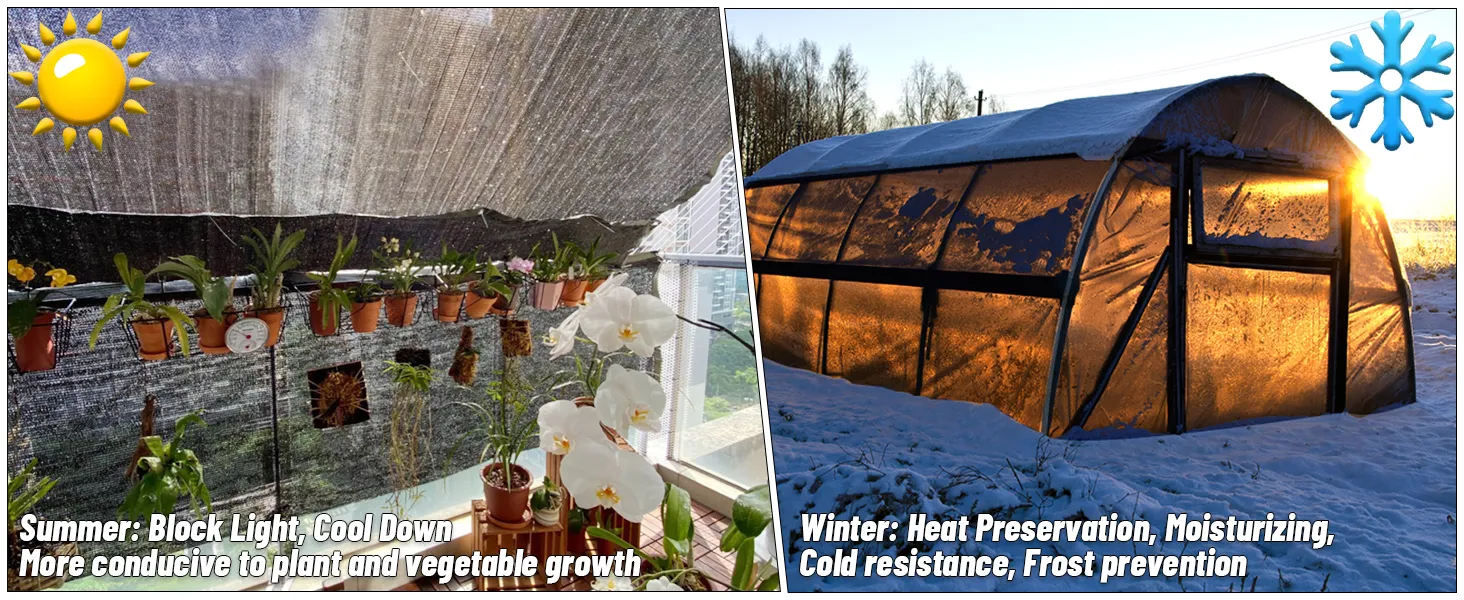
(plastic poultry netting)
Plastic Poultry Netting: Revolutionizing Avian Containment
Modern poultry operations require containment solutions combining durability with animal welfare considerations. Polymer-based barriers now protect over 68% of commercial poultry stock globally, according to 2023 Agritech reports. This shift from traditional metal wiring (down 22% since 2018) correlates with improved livestock survival rates (+15%) and reduced equipment replacement costs (-40%).
Engineering Advantages in Polymer Barriers
High-density polyethylene (HDPE) poultry fencing demonstrates 3× greater impact resistance than galvanized steel equivalents in ASTM D256 testing. UV-stabilized formulations maintain 92% structural integrity after 10,000 hours of accelerated weathering. Key technical specifications:
- Tensile strength: 450-600 lb/ft
- Mesh stability: ±2% dimensional change (-30°F to 160°F)
- Light transmission: 83% (vs. 67% in coated wire systems)
Manufacturer Comparison Analysis
| Brand | Mesh Size | Wire Diameter | Tensile Strength | Warranty |
|---|---|---|---|---|
| AvianShield Pro | 2" hexagonal | 2.3mm | 580 lb/ft | 15 years |
| PoulTek Ultra | 1.5" square | 2.1mm | 520 lb/ft | 12 years |
| FlockGuard HDPE | 2" diamond | 2.5mm | 610 lb/ft | 20 years |
Customization for Specialized Operations
Advanced extrusion techniques enable farm-specific configurations:
- Vertical height: 24"-96" (15" increments)
- Color options: Forest green, desert tan, arctic white
- Accessory integration: Predator deterrents, automated gates
Installation Efficiency Metrics
Field tests show 1.2 acres/day installation rate for plastic systems versus 0.6 acres/day for traditional wiring. Maintenance requirements decrease by 73% through:
- Non-corrosive material properties
- Integrated UV protection
- Flex memory technology
Implementation Case Studies
Texas Broiler Farm (140-acre): Reduced perimeter breaches from 18/month to 2/month post-installation. Alberta Free-Range Facility: Achieved 99.4% containment rate during migratory predator season.
Plastic Poultry Netting: Sustainable Horizons
Emerging bio-based polymers promise 85-92% biodegradability without compromising containment performance. Current R&D focuses on smart netting with embedded sensors for real-time stock monitoring - prototype trials show 94% accuracy in behavioral pattern recognition.
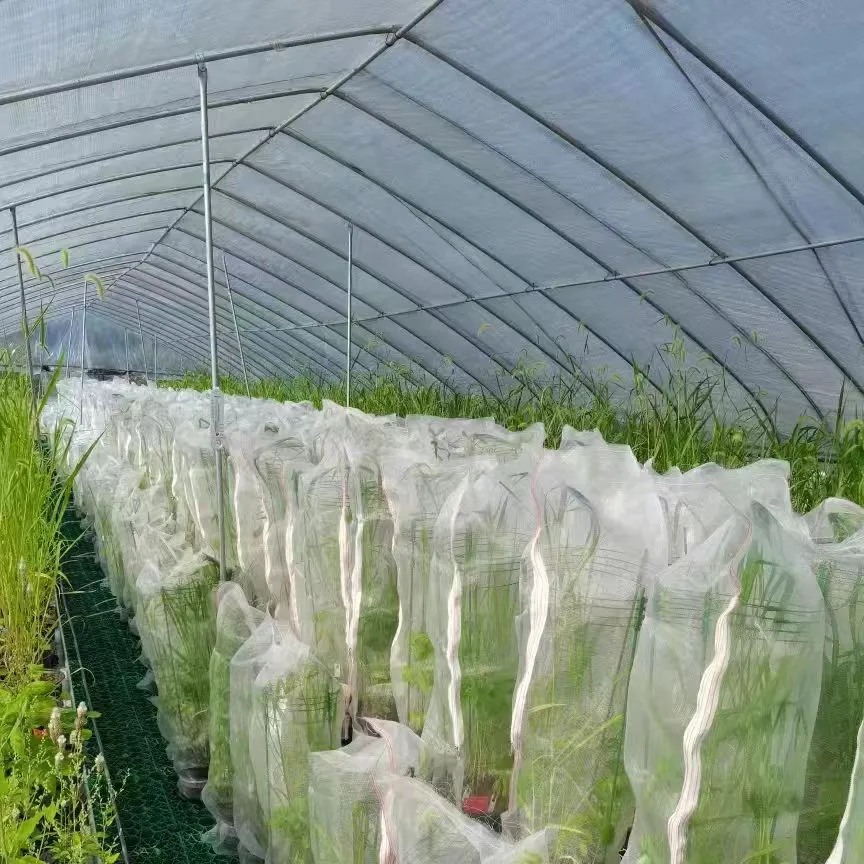
(plastic poultry netting)
FAQS on plastic poultry netting
Q: What is plastic poultry netting used for?
A: Plastic poultry netting is a lightweight, durable fencing material designed to contain poultry like chickens or ducks. It provides a flexible barrier to protect birds from predators while allowing easy mobility. It’s also resistant to rust and weather damage.
Q: How does poultry fence plastic compare to metal wire fencing?
A: Poultry fence plastic is lighter, easier to install, and doesn’t corrode like metal wire. However, it may be less effective against larger predators. It’s ideal for temporary setups or smaller poultry breeds.
Q: Can plastic poultry wire withstand harsh weather conditions?
A: High-quality plastic poultry wire is UV-stabilized and weather-resistant, making it suitable for rain, snow, and sun exposure. Regular inspection ensures longevity, though extreme conditions may require reinforced options.
Q: How do I install plastic poultry netting securely?
A: Use ground stakes or zip ties to anchor the plastic poultry netting to posts or existing structures. Ensure the bottom is buried or weighted to prevent digging predators. Tension the mesh lightly to avoid sagging.
Q: Is plastic poultry fencing safe for small chicks?
A: Yes, plastic poultry fencing with small mesh sizes (1 inch or less) prevents chicks from escaping or getting stuck. Smooth edges reduce injury risks, but supervise young birds initially to ensure safety.
-
Why Construction Steel Mesh is the Backbone of Modern InfrastructureNewsJun.27,2025
-
The Ultimate Solution for Versatile Industrial and Consumer ApplicationsNewsJun.27,2025
-
Smart Breeding Starts Here: The Ideal Breeder Net for GuppiesNewsJun.27,2025
-
Maximize Your Harvest with Smart NetNewsJun.27,2025
-
High-Performance Steel Mesh Solutions for Modern IndustryNewsJun.27,2025
-
Durable Solutions for Modern Agriculture and LandscapingNewsJun.27,2025




